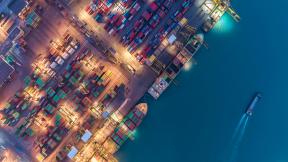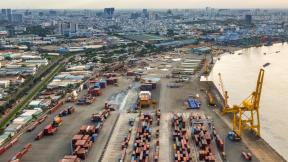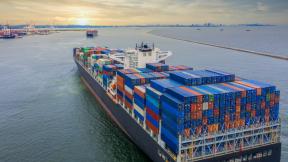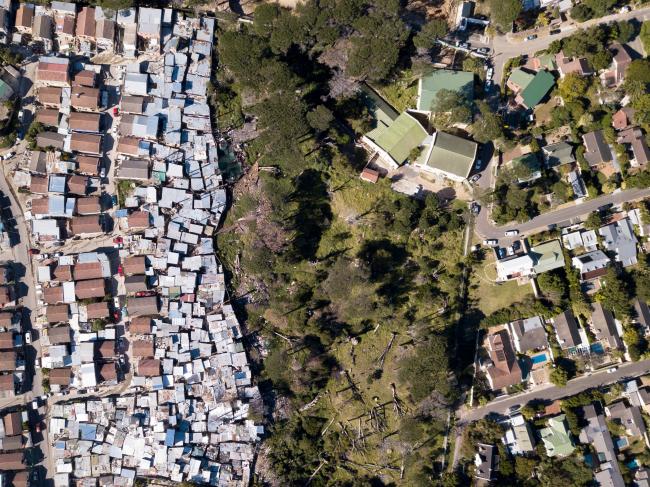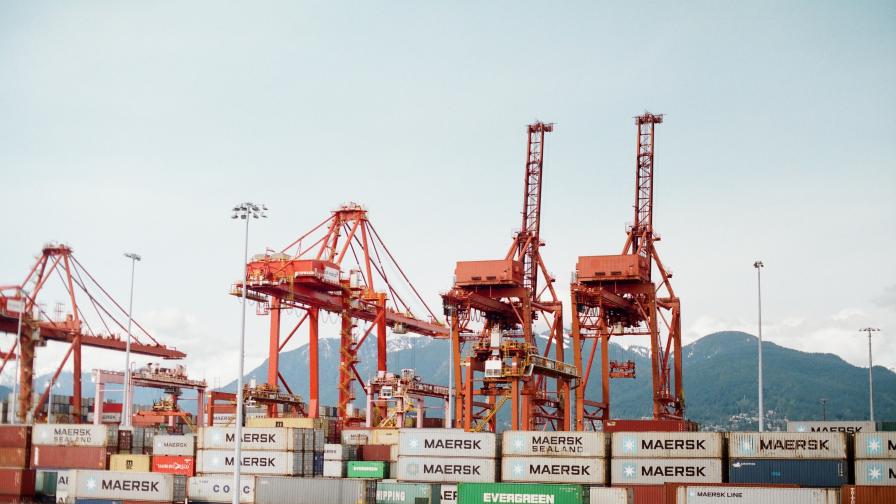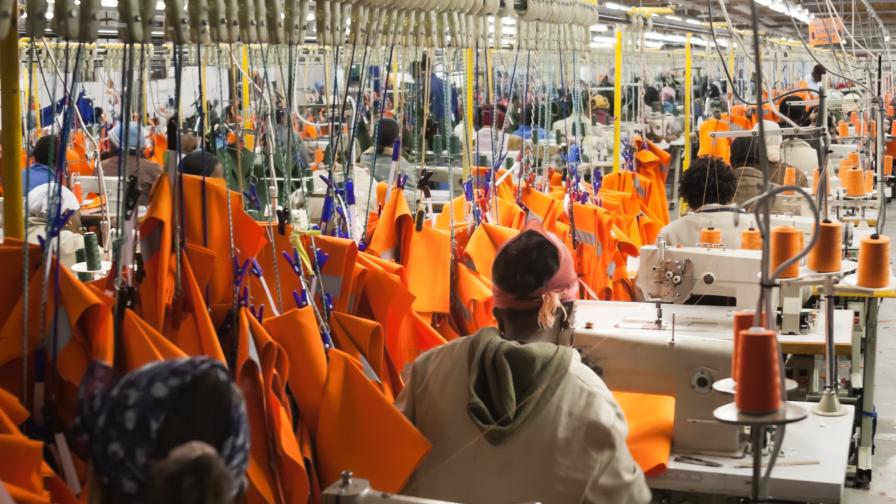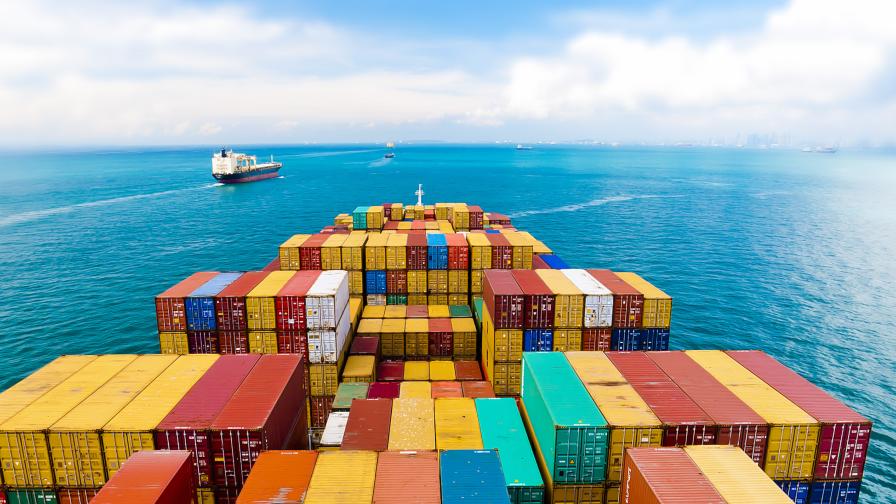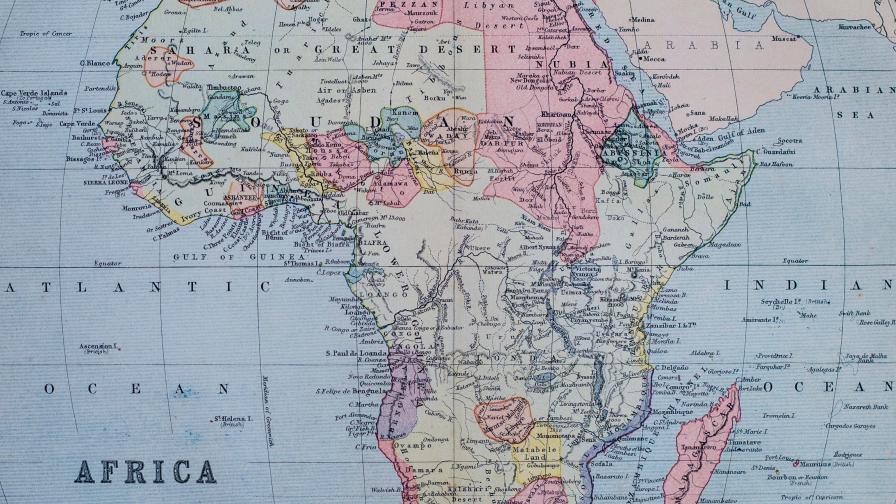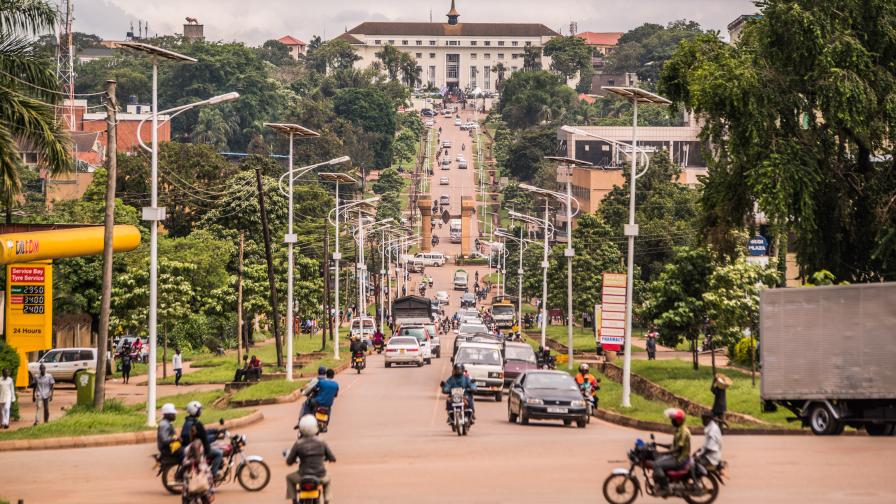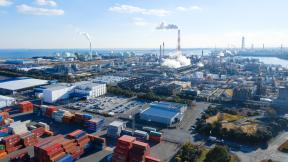The existing maritime business model in Fiji has a small number of players in the supply chain working independently for their own interest limiting the potential of the country’s maritime regions. Under the current model, shipping companies need sufficient demand for goods from an island in order to make sufficient revenue transporting goods there. The vessels also aim to maximise revenue by taking passengers so the demand for goods is interlocked with access to an island. This demand then needs to be constant in order to ensure a regular shipping service. When this fails, local shipping entities rely on government subsidies and the monopolisation of predetermined routes as their principal business strategy to maintain a regular service. This structure leads to suppressed commercial activity, poor efficiency, urban drift, and increased marginalisation and fragility of rural maritime communities, all of which impact development and economic growth.
While community action has attempted to reclaim these shipping routes and keep profits within these regions, many of these locally-operated companies have fallen into similar patterns in order to remain profitable. This project explores how a simple reorganisation of vessel routing and operations, in line with structures elsewhere in the world, could result in a dramatically improved service and economic outcomes. A principal change would be the separation in the shipping of passengers and cargo, whose requirements are fundamentally distinct with the only commonality being the similar areas of departure and destination. An equally important policy to improve shipping is the creation of hubs that can act as consolidation and distribution points. Hubs can help to reduce inefficiencies and avoid cost premiums by limiting route monopolisation, increasing service frequency and thus shortening supply chains, and improving ‘on-island’ commercial activity, trade, and infrastructure.
While international trade and shipping is critical for many lower-income countries, domestic shipping structures can also have important impacts, especially on the spatial distribution of economic activity and income. This applies to island nations, but also to countries with substantial coastlines. How these networks are set up and how they are updated could have significant impacts on rural and more isolated communities, including how they interact economically with the rest of the country as well as how the structure of their own industries develops.
























